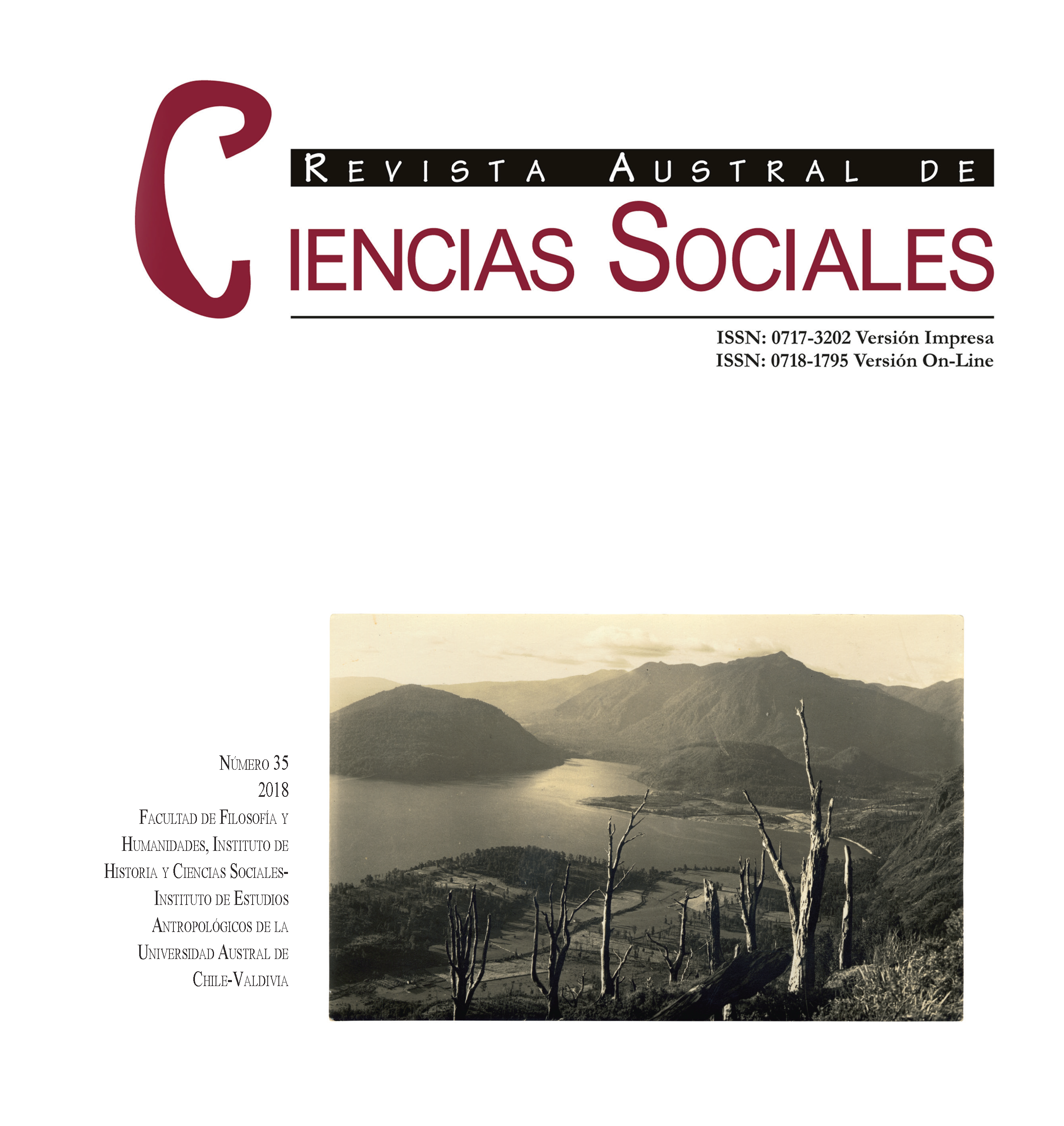From invisibility to multiplicity: mobilizations, ontologies and urban imaginaries around the defense of Valdivia’s wetlands
Main Article Content
Abstract
The permanently flooded environments that we now call wetlands have been present in Valdivia prior to its foundation, in 1552. Nevertheless, they only acquired a polemical character, able to mobilize alternative urban imaginaries, as an effect of the Rio Cruces disaster, occurred five centuries later, since 2004. In this paper we explore the generative effects that such disaster had in the relation between Valdivians and urban wetlands. We propose that the Rio Cruces disaster provoked these wetlands to be “discovered” by Valdivians, who begun to mobilize in their defense. Through such mobilizations, and in contrast with the weak existence that these ecosystems continue to have in the country’s legal and institutional framework, in Valdivia wetlands acquired a “strong ontology”. That is, an increasingly dense existence, as they became entangled with that of its inhabitants. Along with such ontological density, wetlands –now turned into actors– have been able to channel measures and resources in favor of their protection, as well as imaginaries of a city where these environments can be integrated to the everyday lives of its inhabitants.

